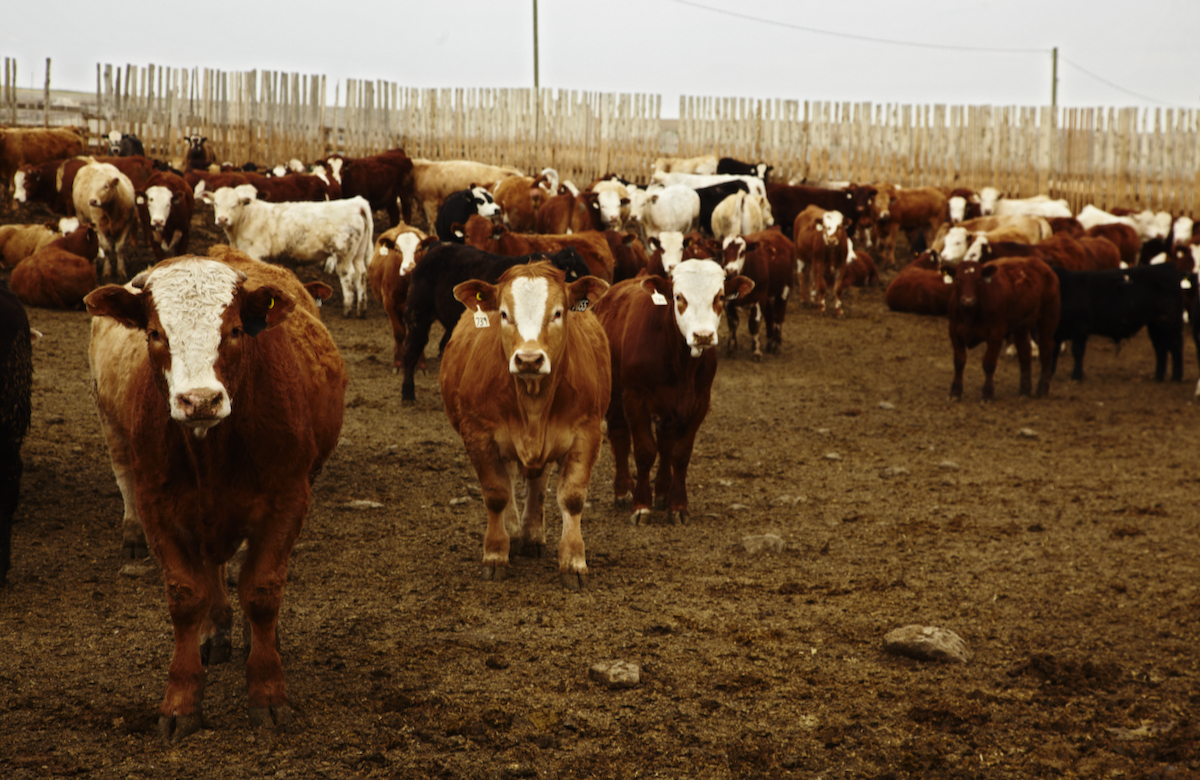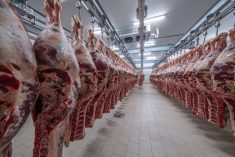Commercial mink farmers in Newfoundland are warned to keep wild mink off their farms now that Aleutian disease has arrived in the wild population.
The provincial natural resources department announced Wednesday that eight of 18 wild animals trapped and tested between Marysvale and Holyrood in the Conception Bay area have tested positive for the disease, which can incubate for up to a year before a mink shows symptoms.
The disease, a form of parvovirus that spreads through contact with infected minks’ urine, feces, drool or fleas, or from dams to kits, causes symptoms such as loss of appetite, weight loss, tarry diarrhea and a rough coat.
Read Also

U.S. livestock: Cattle at fresh highs, hogs weaken
Cattle futures on the Chicago Mercantile Exchange climbed to fresh highs on Tuesday, as tight supplies and the ongoing closure…
According to an Ontario provincial fact sheet on Aleutian disease, an animal’s death is certain by the time symptoms appear.
Newfoundland’s natural resources minister Kathy Dunderdale said in a release that more samples of wild mink will need to be taken and further testing done before any conclusions can be drawn on how best to manage and control the disease.
However, she warned commercial mink farmers to make sure they have biosecurity measures in place to protect their investment.
Aleutian disease first appeared in Newfoundland in mid-June on a large commercial mink farm, and by August was confirmed on nine of the province’s 27 mink farms. The province’s fur breeders’ association then went public with demands for compensation and a cull of farmed mink.
Several thousand farmed mink were reported in September to have been released into the wild from one Newfoundland farm, in what RCMP suspected at the time to be sabotage. Merv Wiseman, who leads the provincial fur breeders’ group, told CBC on Wednesday that it’s not yet known for sure whether the released animals are connected to the infected wild mink.
Aleutian disease, which was first described on a mink ranch in 1956, is recognized worldwide and is considered the most important infectious disease in the mink ranching industry.















